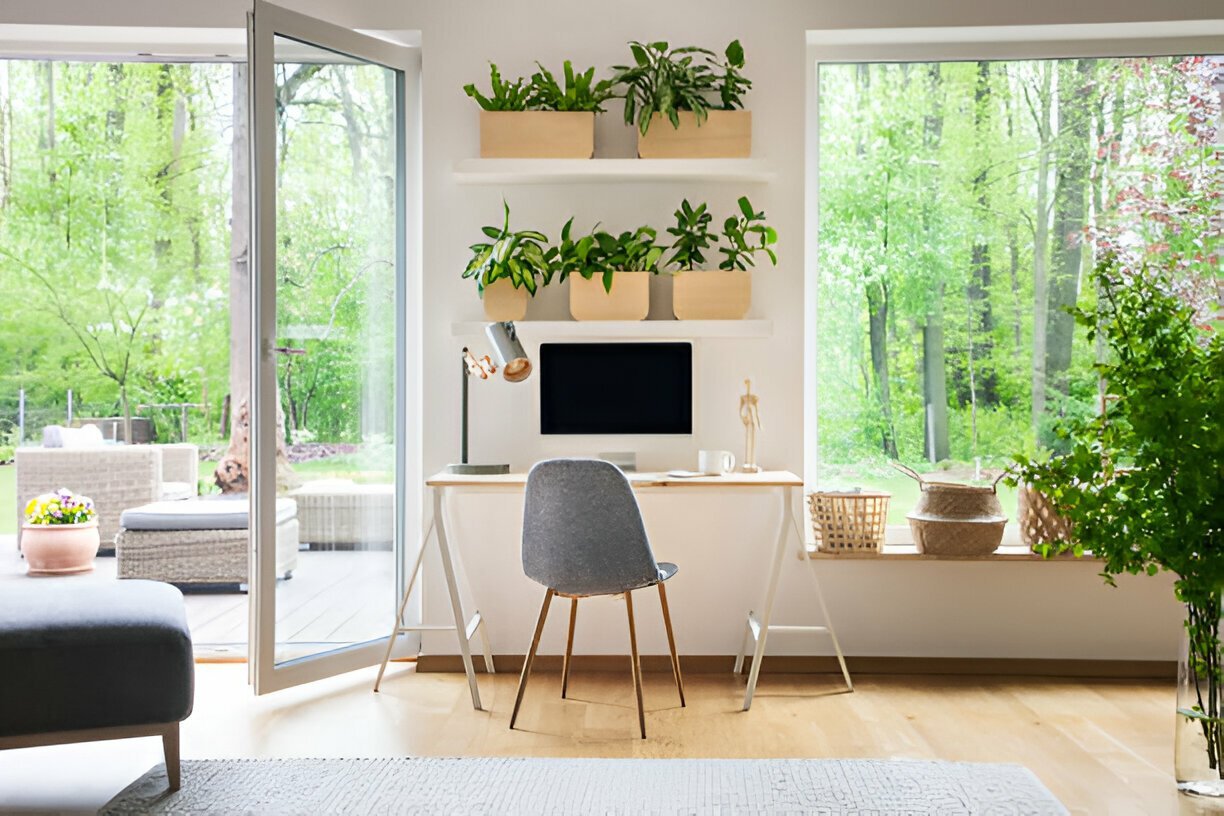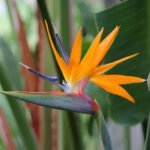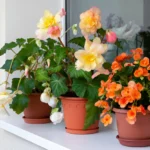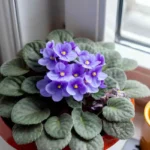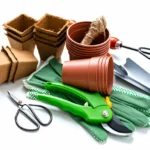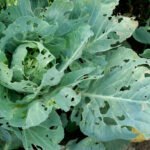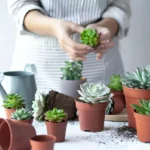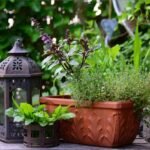I have about 48 indoor plants and over 55 outdoor plants that my grandmother and I planted throughout my yard. It would be best if you were glad to know that the plants are still there. I help my grandma with everything, even fertilizing and watering the plants. My grandmother has excellent experience with plants. Caring for my grandmother’s plants with my hands is a pleasure.
You may have heard the name indoor-outdoor plant when purchasing a plant or heard it somewhere if you are involved in gardening. Are indoor and outdoor plants the same? Or different? What can be the reason for separation if different?
Have you ever felt like that? That’s why they are different! We have indoor and outdoor plants in this register. I have seen ten differences. Please take your time and read our article carefully.

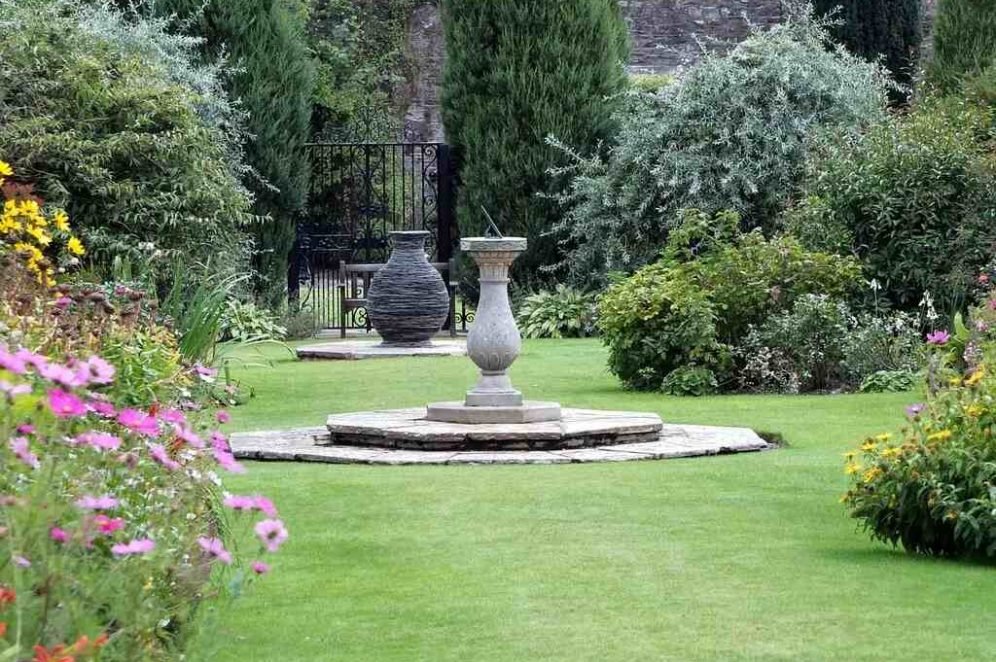
What are Indoor and Outdoor Plants?
Research shows that plants have interacted with the environment since plants first appeared on Earth about 460 million years ago.
By nature, plants are not known to be indoor or outdoor. Yes, plants can be distinguished by shape and genetic characteristics. Modern society divides plants into indoor and outdoor plants for ease of understanding.
When we buy plants from the nursery, the seller gives us a choice of indoor and outdoor plants, and we have thus added indoor and outdoor plants. Over time, we have come to distinguish and get used to this indoor-outdoor plant.
Although we don’t know most plants’ actual names, taxonomic variations, occurrences, etc., we have become so involved with indoor and outdoor terms.
Generally, plants grow in nature, and we bring them indoors according to their needs to enhance our home’s beauty and aesthetics. In nature, we do not see such plants separately. The plant is an outdoor activity. Outdoor plants are any plants that grow in the natural environment.
We have discussed ten differences between indoor and outdoor in detail below.
1. The Climate
Trees are naturally affected by climate. We separate indoor and outdoor plants based on plant tolerance, shape, beauty, and growth rate.
Outdoor plants can survive directly in any climate, whereas indoor plants are susceptible.
They are not adapted to all climates. As they grow up with care at home over time, they are accustomed to and can grow comfortably in the home environment.
However, if you want to take them outside and place them in direct sunlight, indoor plants may not be able to adapt to the outdoor climate.
2. Place
You can easily plant outdoor plants anywhere in the house without hesitation and don’t need to worry too much about outdoor plants.
They get used to the outdoor environment, and you can transplant them anywhere in your home, but indoor plants cannot be outside; you must keep them inside.
Some plants need bright indirect light, some need low light, some feel comfortable growing in the dark, and some are used to living in closed environments. They can thrive indoors very well.
They can adapt indoors, but their growth is stunted if relocated.
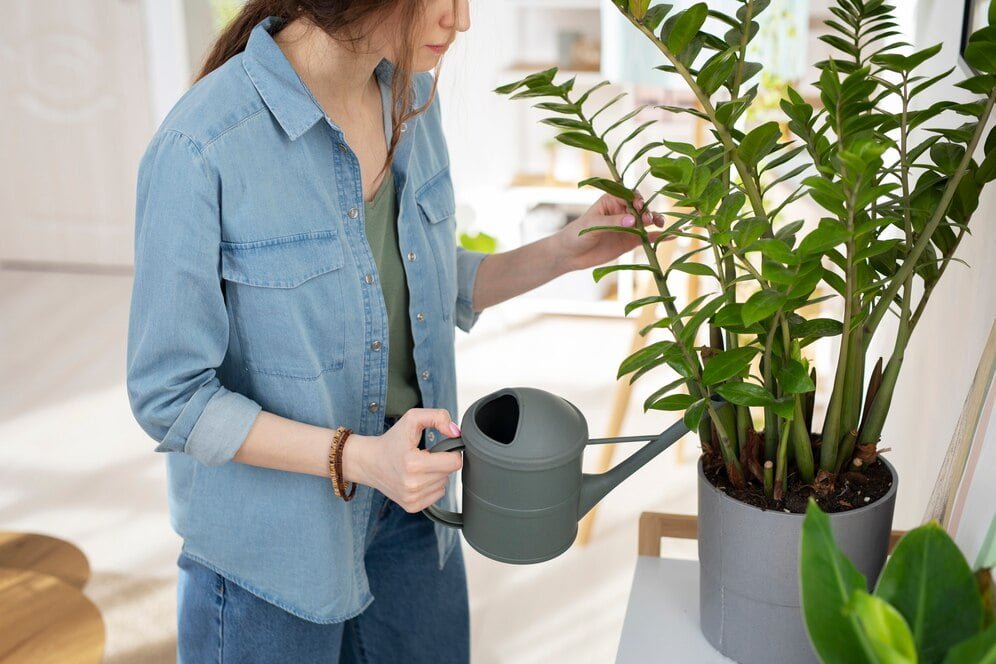
3. Water
Water is one of the fundamentals of plants. Indoor plants should be watered infrequently; they do not require more water. Maintain your time. Water should be given to the plants at a particular time. Thanks to modern technology and innovation, some gadgets or accessories will keep your plants running even if you don’t water them regularly. If you keep it watered, the plant’s soil will take it up through the roots. Indoor plants dry out slowly and require less water.
When you want to mix medicine with water indoors, you can easily measure and apply the water, but calculating your amount outdoors will take a lot of work. Outdoor plants in direct sunlight cause their soil to dry quickly and need water. However, outdoor plants have one advantage: plants receive rainwater and look fresh and clean.
You can plant water plants directly in the ground outdoors with a hose or indoor plants inside the house with a mister or water can. Outdoor plants are less prone to root rot if overwatered. However, it would help to water indoor plants carefully; too much water can kill the plant’s roots.
4. Soil
To plant plants indoors, you need to prepare the soil in different ways with different combinations of ingredients. Additionally, you may quickly grow plants indoors or straight in water without soil. However, outdoor plants are more significant and require more soil because their tops can penetrate deep into the soil. You don’t have to worry about soil outdoors as much as you do with soil for indoor plants.
Plants’ growth will improve if nutrients are correctly added to the soil. Indoor soils are made with perlite, vermiculite, leca, coco coir, potting mix, coal, etc., according to the plants’ needs. Soil can easily be fertilized indoors, but determining how much to fertilize outdoor plants is challenging.
5. Air Movement
Outdoor plants can withstand strong winds and heavy rains, while indoor plants are not used to strong winds. Outdoor plants get natural air, but indoor plants are inside the house, and because the windows and doors are closed, the air movement is less. For this, indoor plant parents arrange fans to ensure air circulation inside the house. When you plant various herbs like tomatoes, eggplants, peppers, etc., place them near a fan to acclimate them to the outside air before taking them outside, as this strengthens the roots and acclimates them to the outside air.
Without adequate ventilation indoors, plants cannot breathe and carry out their active photosynthetic processes. You don’t have to worry about these things with outdoor plants. They get enough air to inflate themselves.
6. Differences in Latency
Plants change with the change of seasons according to their characteristics, such as shedding leaves, growing new leaves, and growing roots on new branches. Most of the springtime is when the trees are out. This latent difference makes them different when they fall and come back again at the beginning of winter. Seeing such a scene might make you think that the trees are dead but not dead; they are alive.
That is a part of the life cycle of the plant. On the other hand, some indoor plants will rarely shed your leaves. Your stems may need to be cut back. Some plants go dormant in the spring and stop growing. Indoor and outdoor plants have different dormancy times.
7. Size and Growth Habit
Plants can be kept indoors or outdoors, depending on their size and growth habits. Indoors, they can be packed into small pots. They have a slow growth habit indoors as compared to outdoors. Outdoor plants are more significant and can quickly establish themselves outdoors.
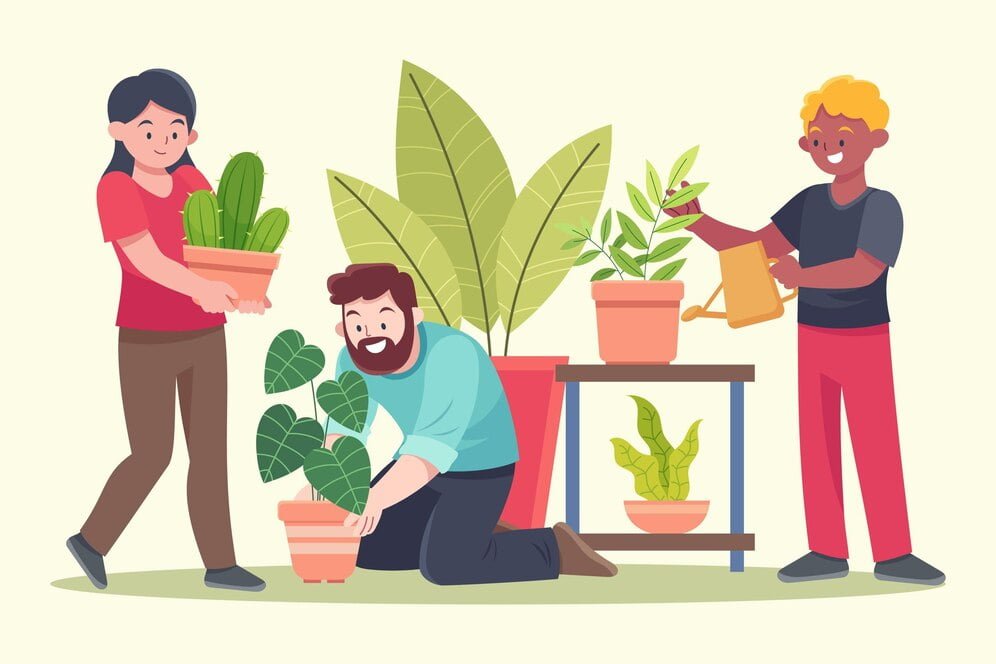
8. Maintenance and Care
Due to their sensitivity, indoor plants require more care than outdoor plants. Trees can die due to improper care by the gardener. Indoor gardeners always do their best to care for plants properly.
Even if they’re away, you can take care of their plants before they leave home or go on vacation and ensure they get enough light while you’re away, while your outdoor plants don’t need as much care.
Plants are vigorous, withstanding the sun, rain and storms outside. Outdoor plants will thrive without your regular watering.
Because they receive outdoor rainwater, their roots reach the soil level, where they can easily collect water.
However, indoor plants are due to lack of space and beauty
Small, and their roots cannot go deep, so they have to move around inside the tub. Indoor plants may require you to water them regularly. Since indoor plants are indoors, you can maintain them in your free time.
You can look after indoor plants even if you have time between work. However, if your outdoor plant is far away, you may need more time to care for it. You can take care of indoor plants in inclement weather at home.
On the other hand, since the plants are outdoors, it becomes challenging to take care of your outside in the pouring rain.
9. Purpose and Aesthetics
House plants help to increase the beauty of the house and add aesthetics. Those with lovely leaves, shapes, and appearance are preferred. You can place the plants anywhere in the home according to your needs. Many people can’t go outside, don’t have time to take care of plants outside, or lack space, so they plant indoor plants. Indoor plants help to reduce stress, air purity, oxygen, and toxins in the air.
On the other hand, outdoor plants help create shade, build walls, or landscape homes. They frequently aid in keeping houses cool. Many people plant flowers in front of the house, which look very beautiful; many call them welcome plants.
10. Temperature Tolerance
Plants are kept indoors or outdoors, depending on their temperature tolerance. Some plants cannot survive high temperatures and lose their existence. Such plants naturally grow under the shade of large trees or where direct light does not reach, and the temperature is low. Regulating your home’s temperature for certain indoor plants is essential, as fluctuations may hinder their growth. Ex: Christmas cactus. Indoors, they require 60-80°F to flower, or they will not flower. Outdoor plants thrive in dry sun, strong wind, and direct sunlight. They are so hardy that they can survive at any temperature (high or low).
